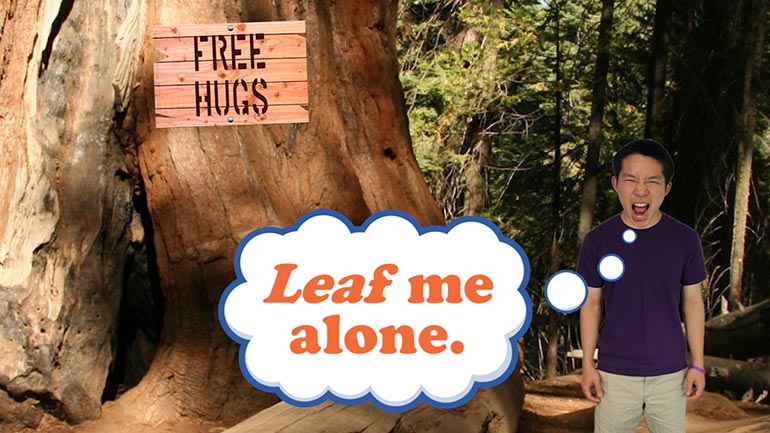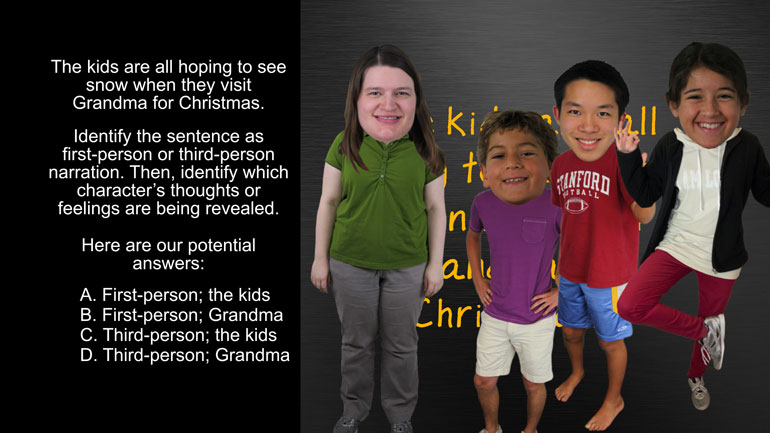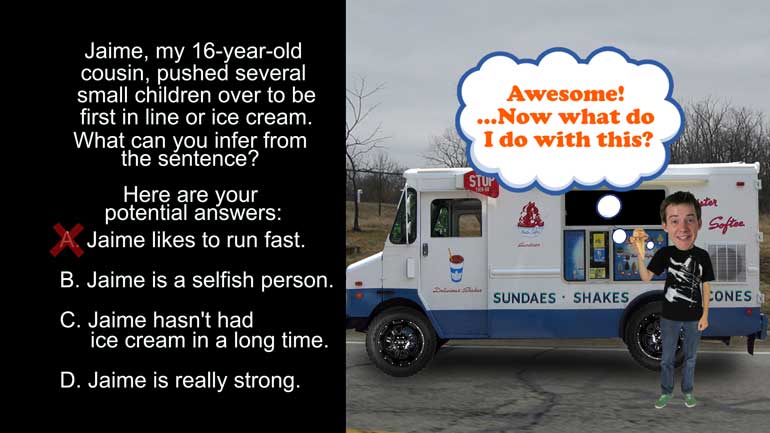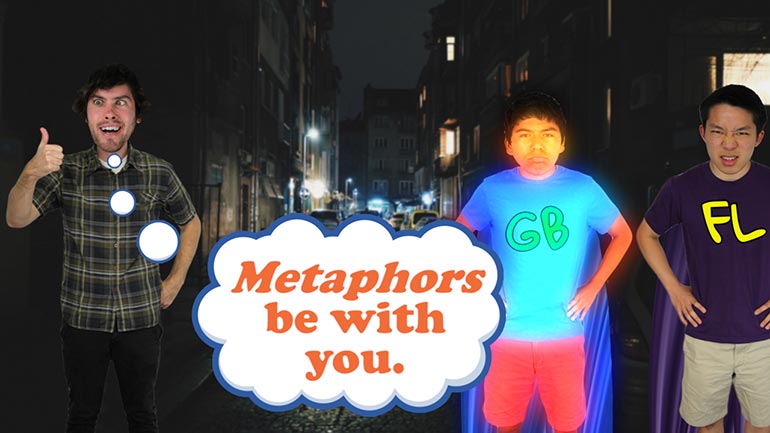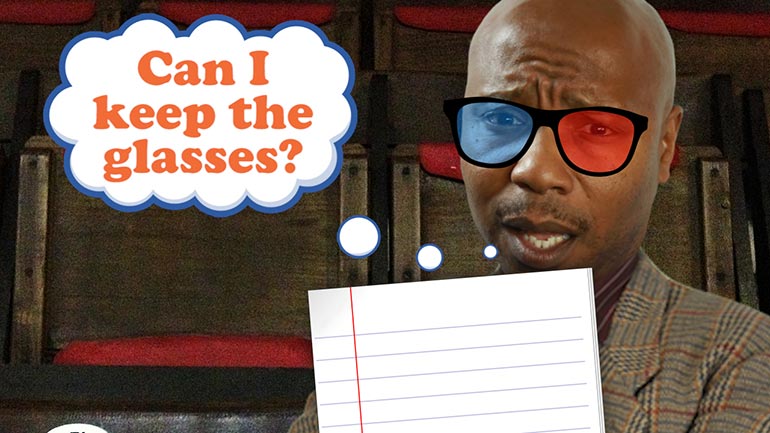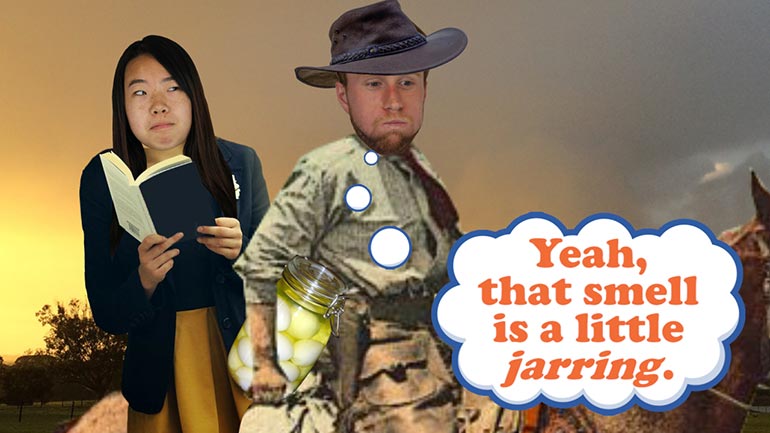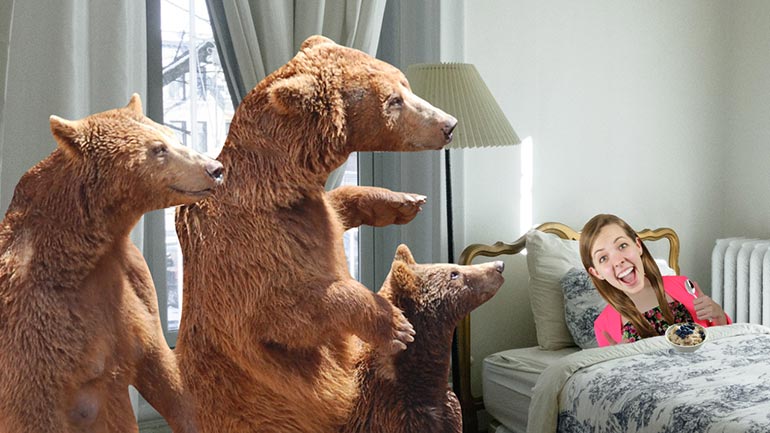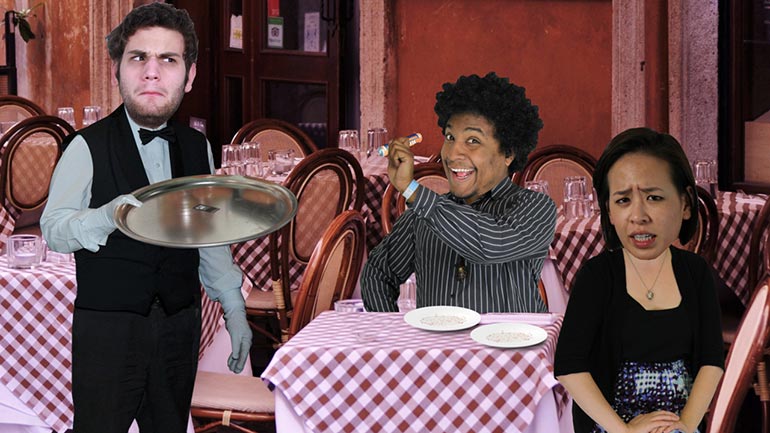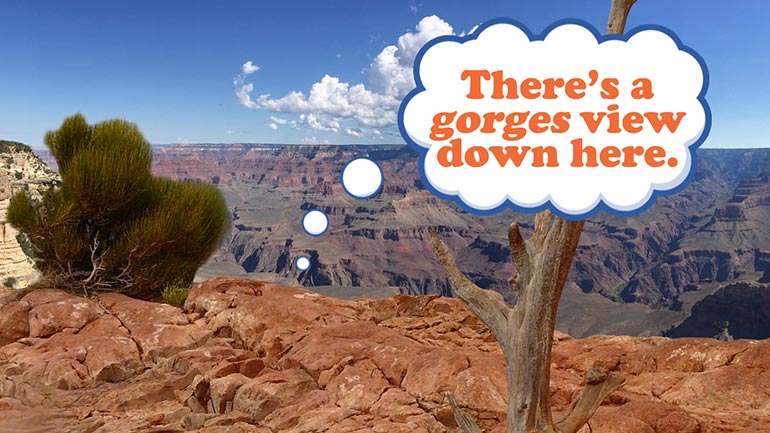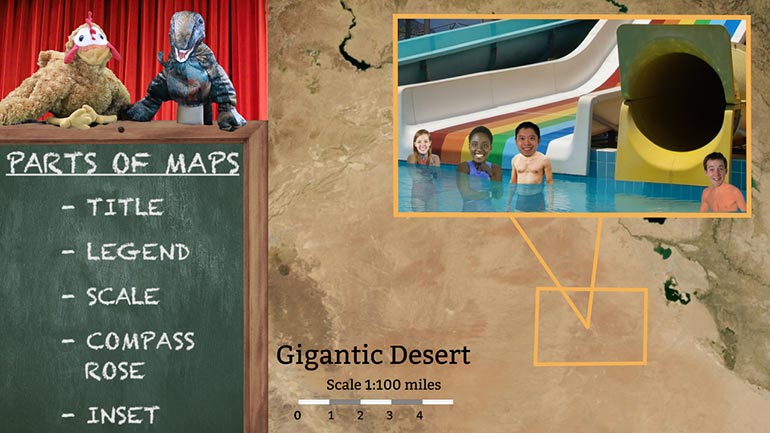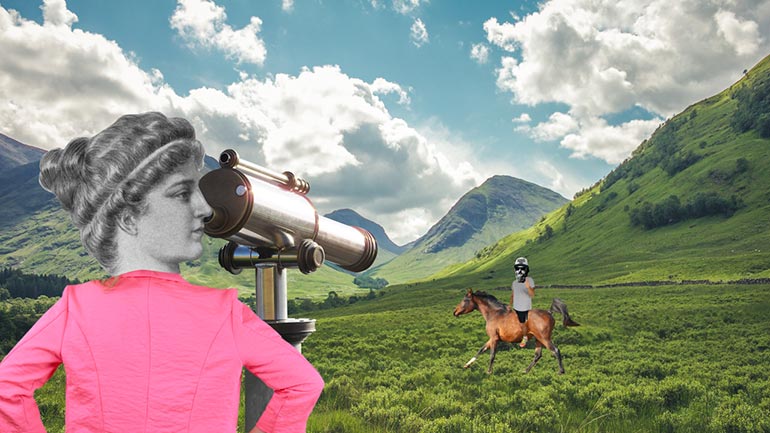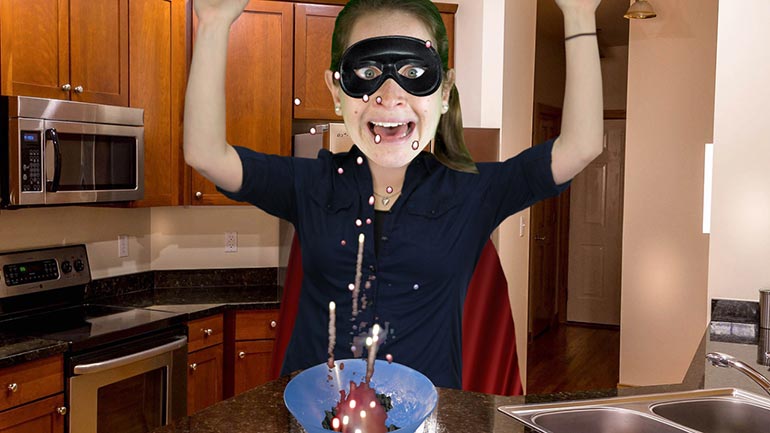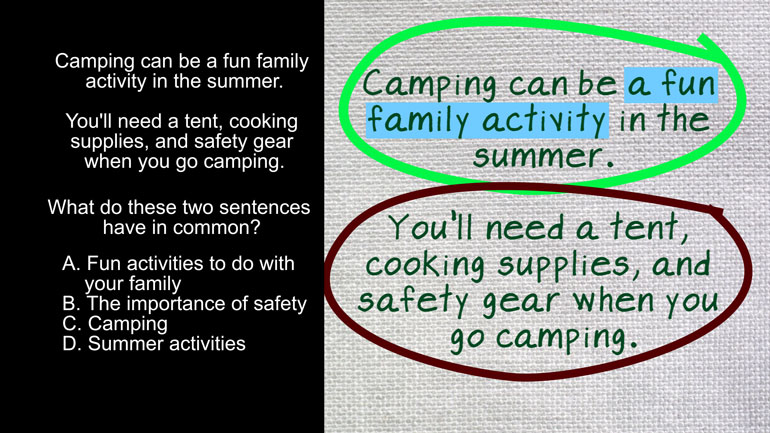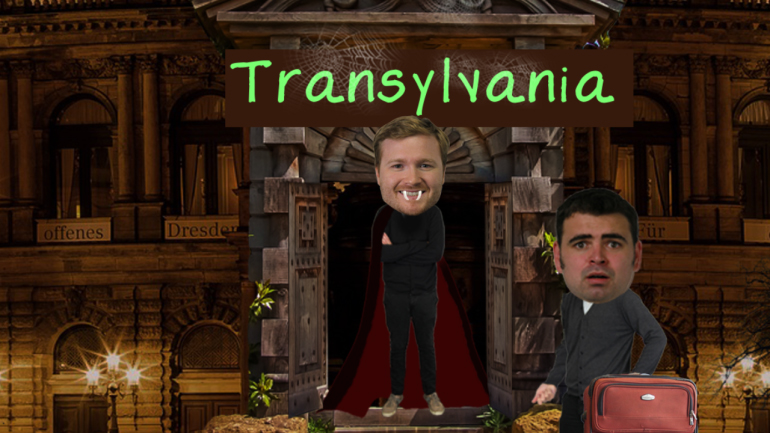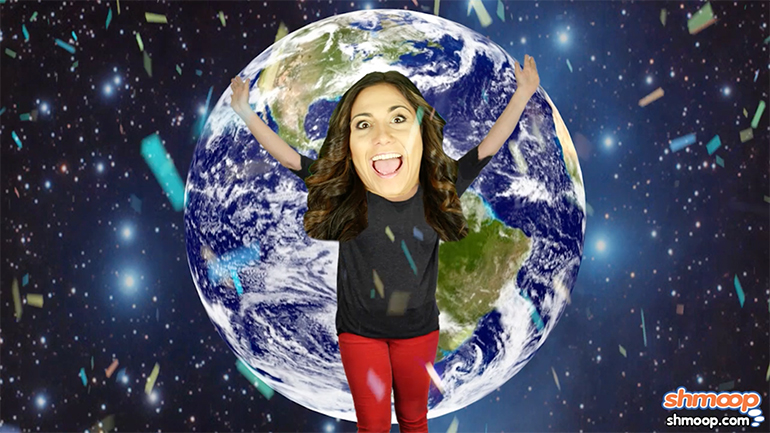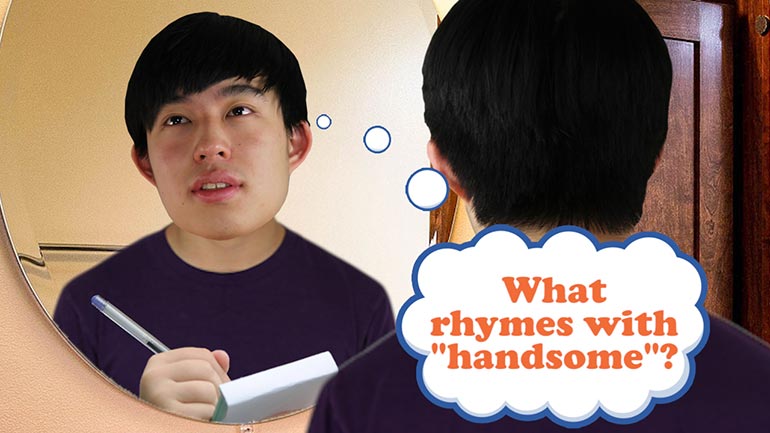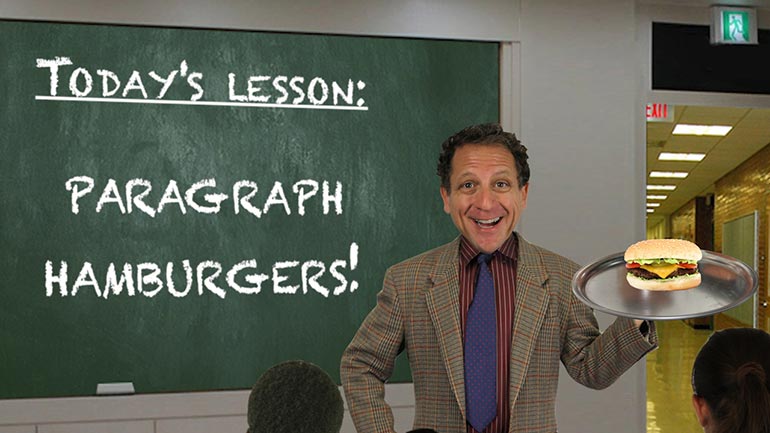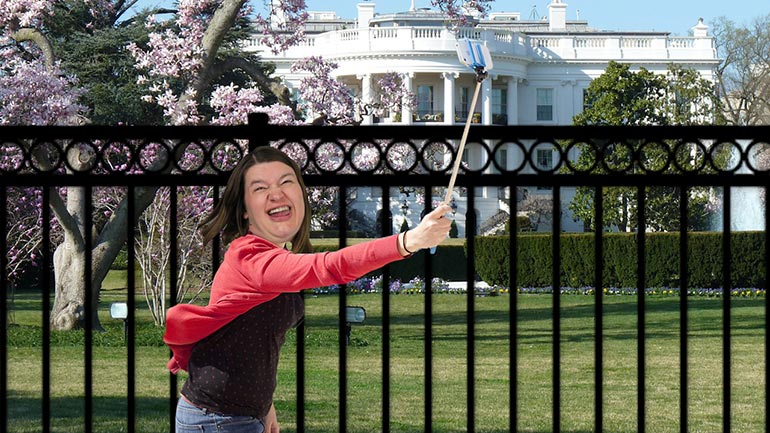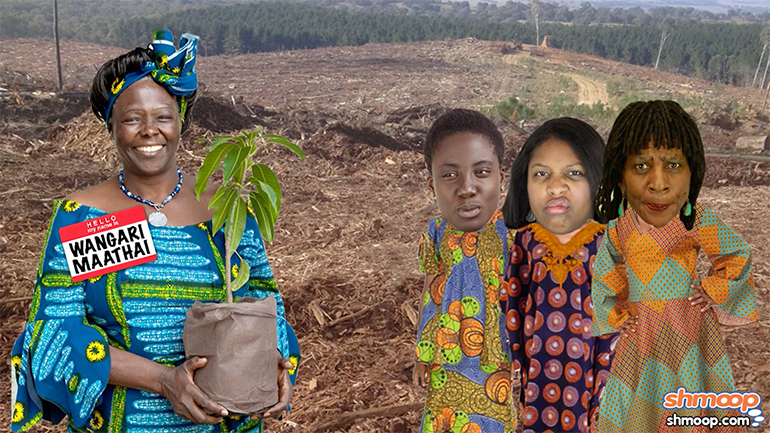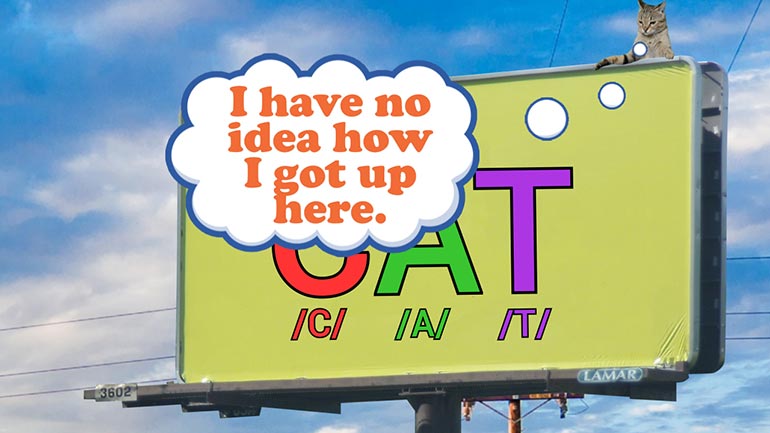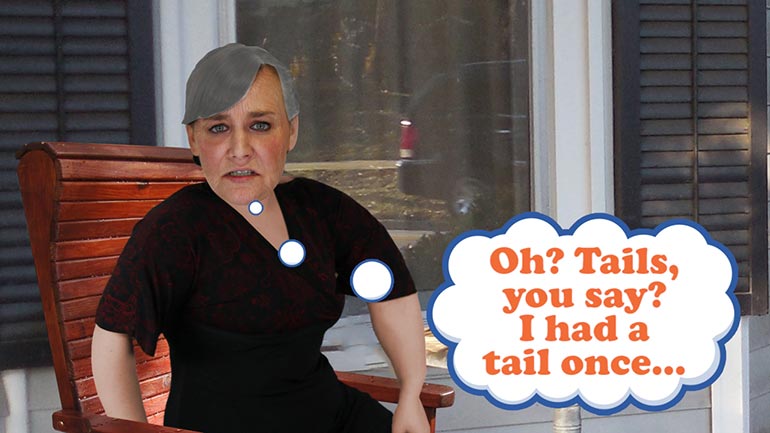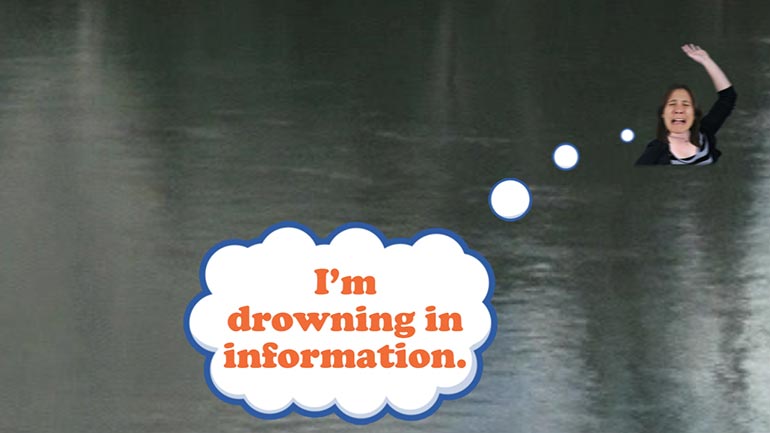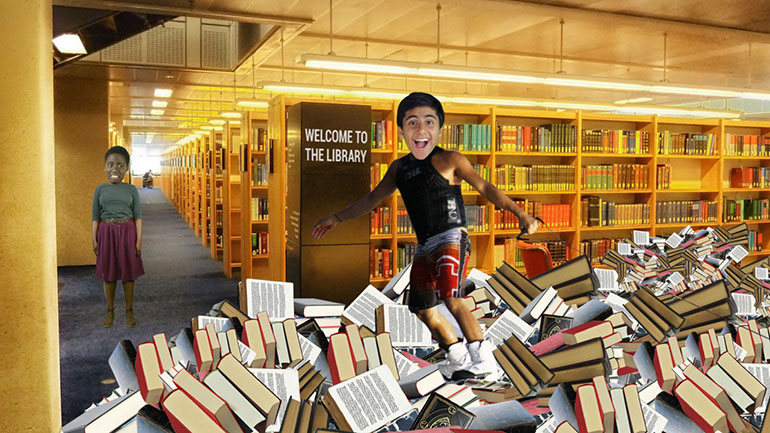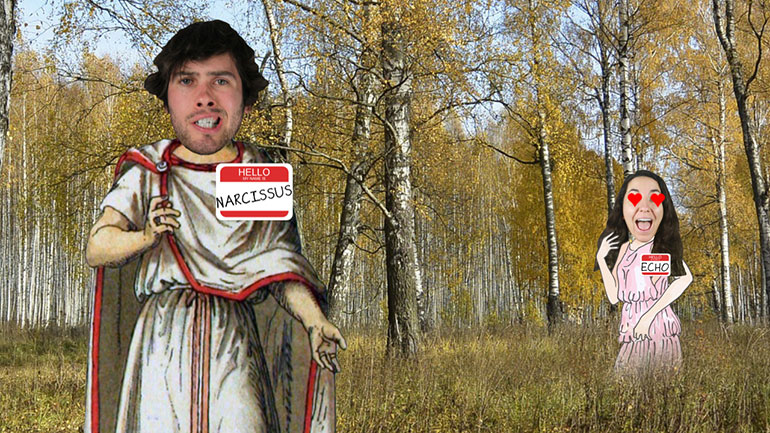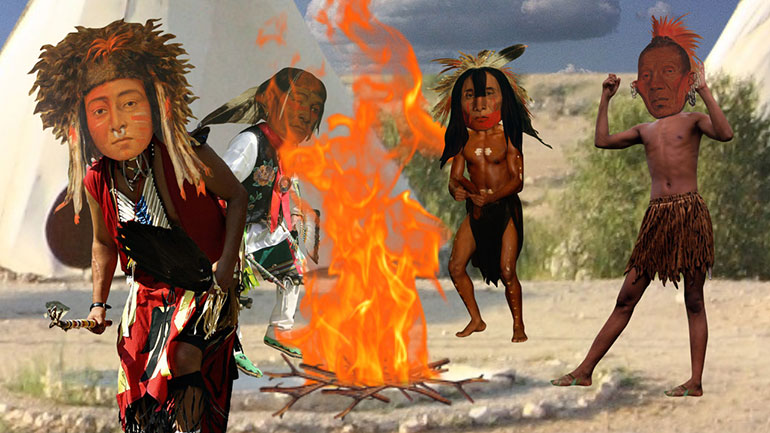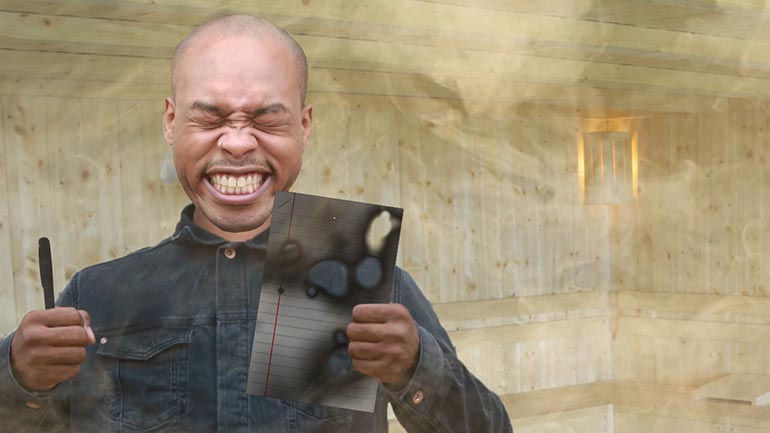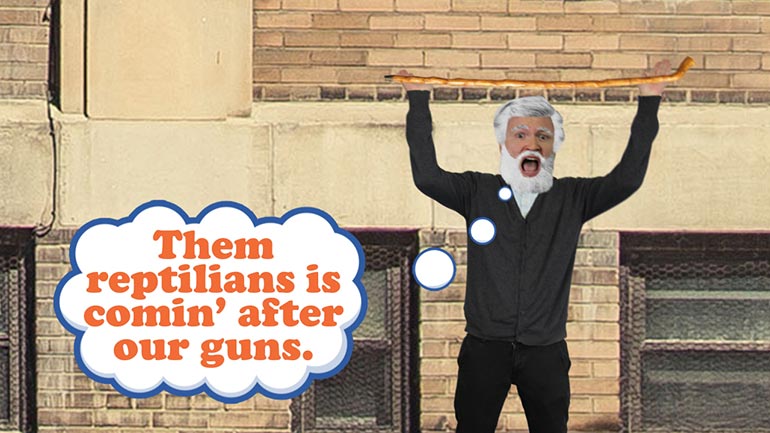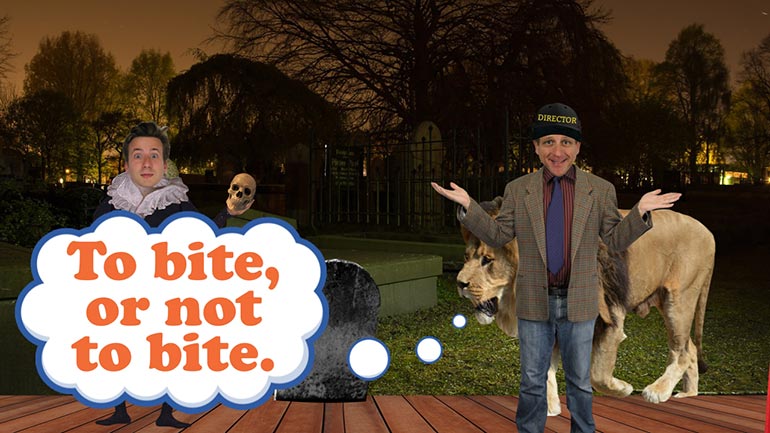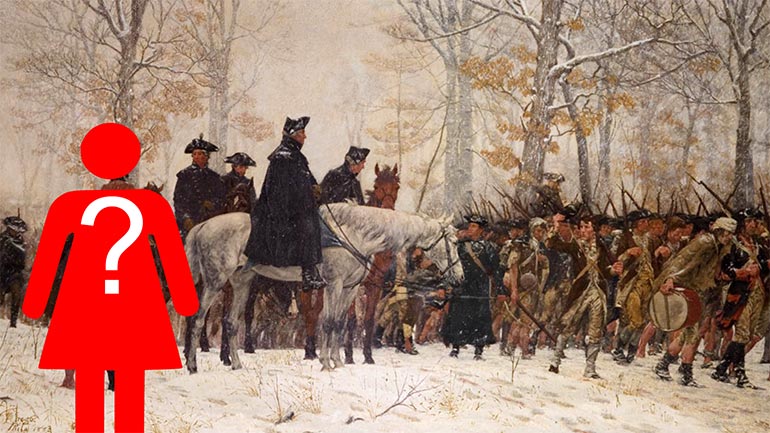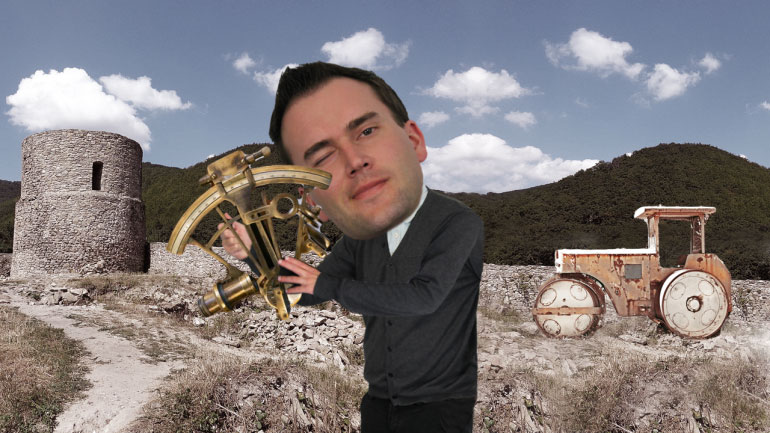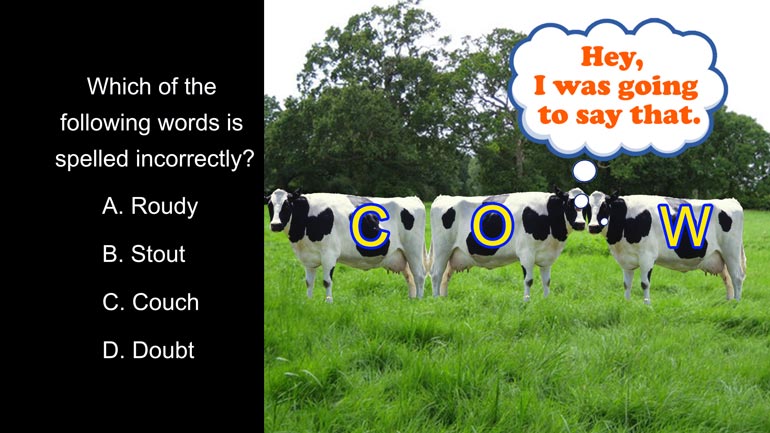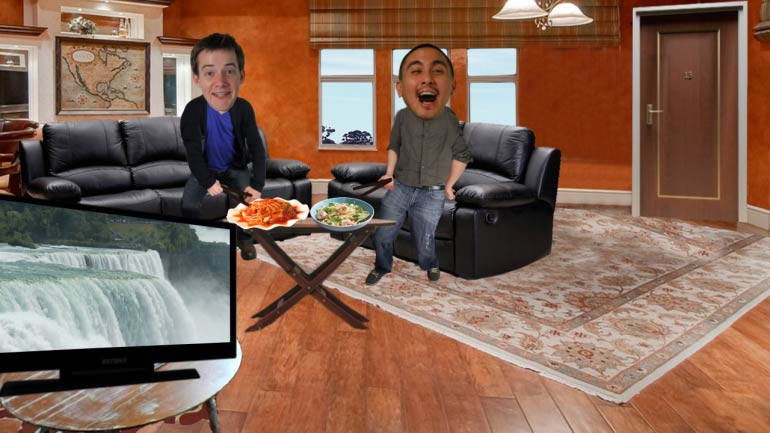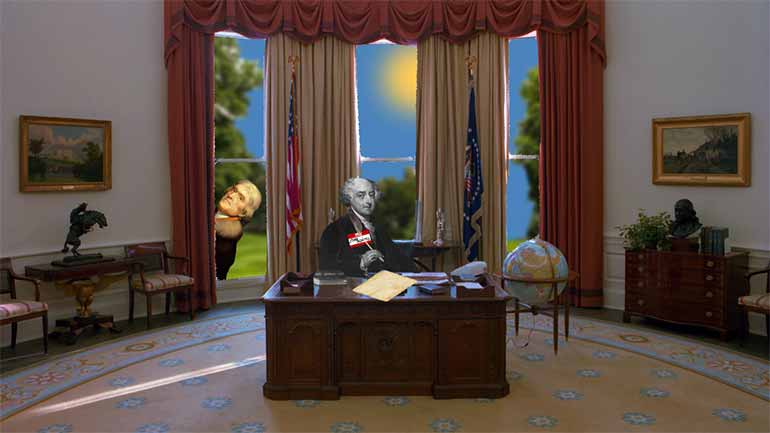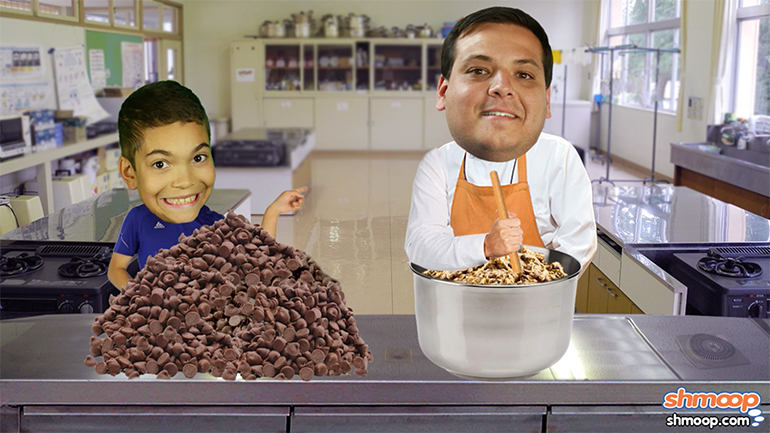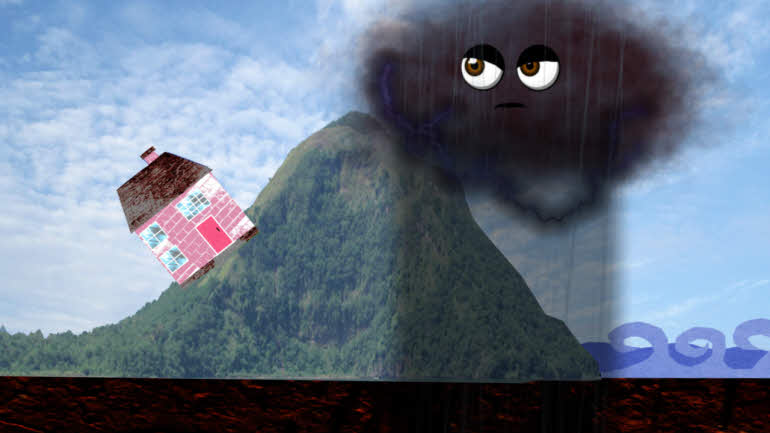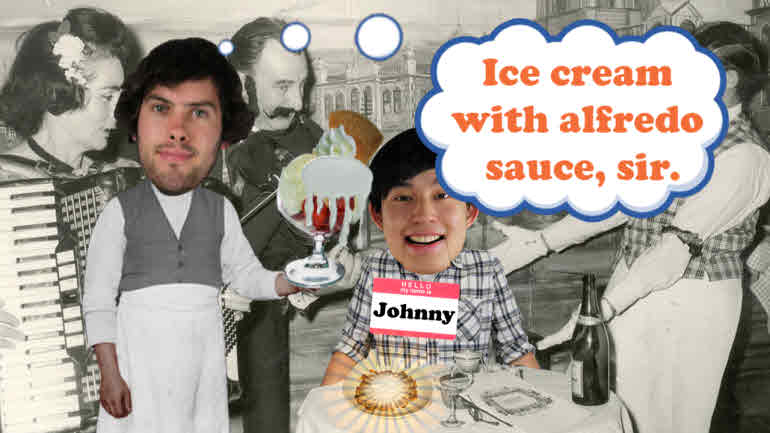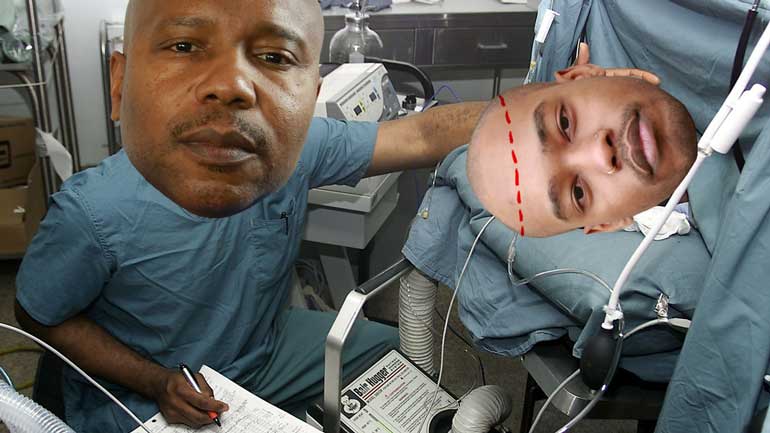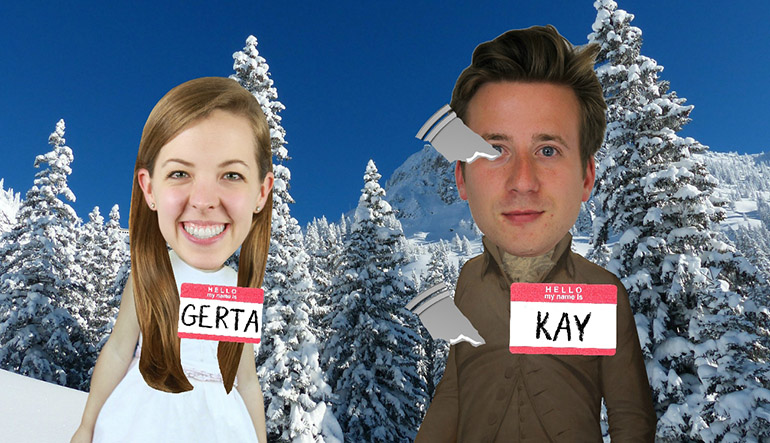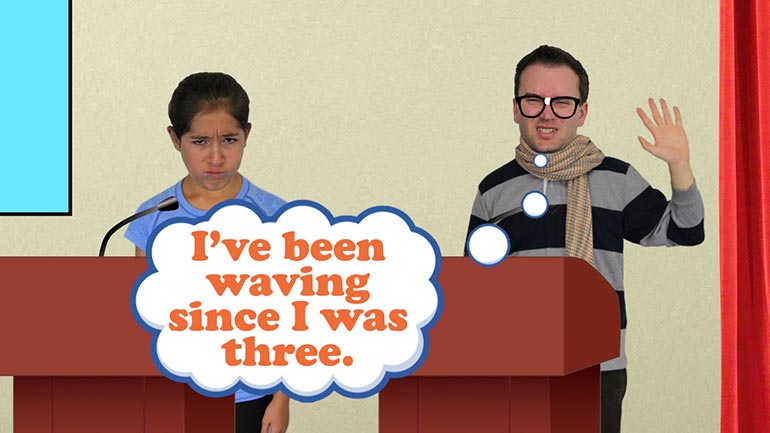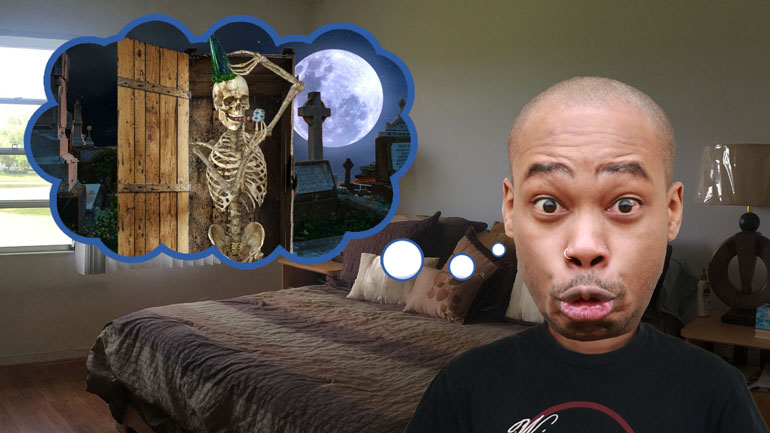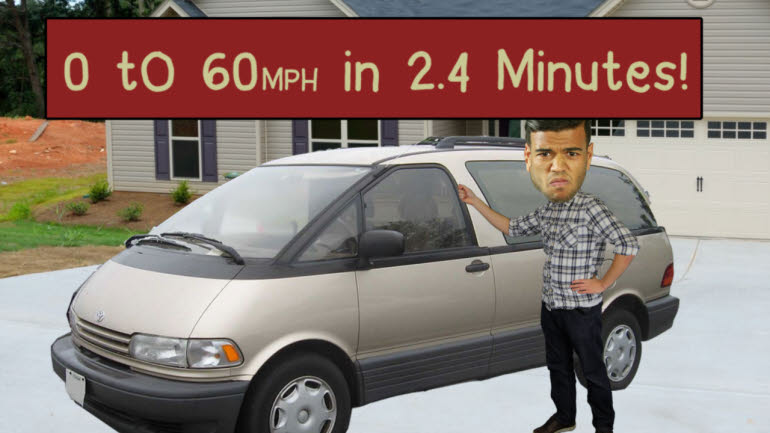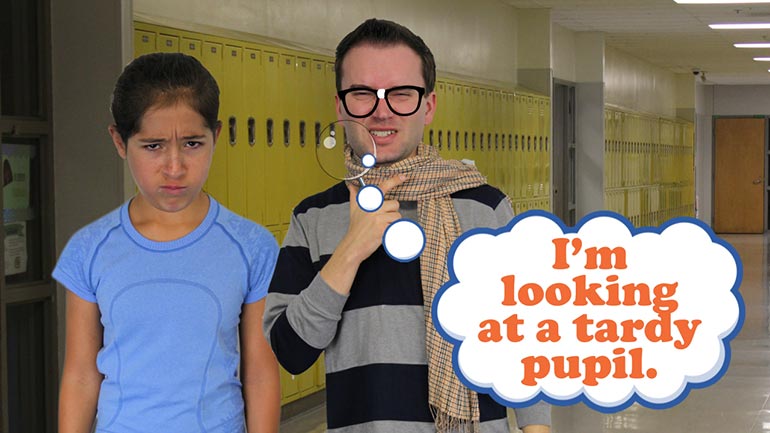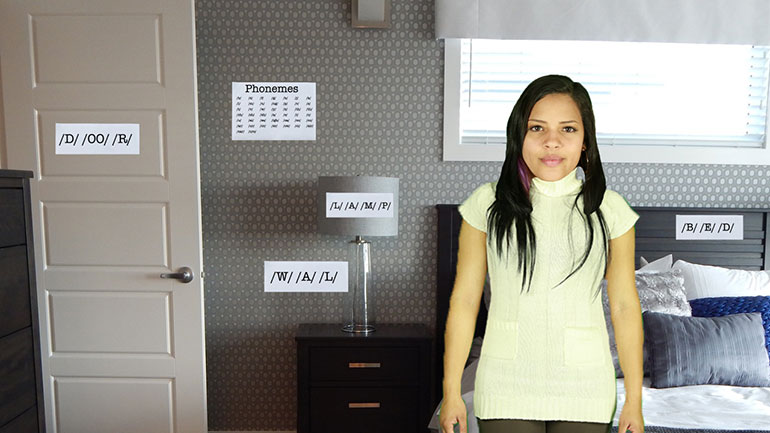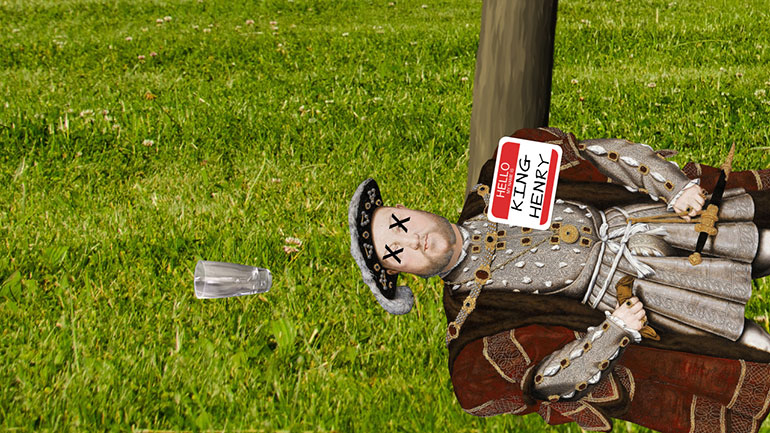ShmoopTube
Where Monty Python meets your 10th grade teacher.
Search Thousands of Shmoop Videos
4th Grade Videos 155 videos
Sticks and stones, right? Well...only sometimes. It's a good idea to make sure your words aren't going to hurt others. Let's look at some ways to d...
Learn to debate like a champ. It's way better than debating like a chimp. That just takes mudslinging to a whole new level.
Today we'll learn about biographies and autobiographies. And no, the second one has nothing to do with the lives of cars.
Science 4: Rain Shadow Effect 80 Views
Share It!
Description:
Rain, unlike a vampire, casts a shadow. But we're not here to tell you about that. The rain shadows we're talking about are actually when rain gets trapped on one side of a mountain. Learn more about it in this video.
Transcript
- 00:04
[Coop and Dino singing]
- 00:13
There are tons of upsides to living near a mountain range... [Mountain range and man waterskiing]
- 00:16
Winter skiing, summer hiking, mountain biking, rock climbing, snowboarding, dressing up in
- 00:21
Wookie costumes and tricking people into thinking you're a peaceful yeti living in the hills…
- 00:25
…Maybe don't do that. [Lion and Yeti in museum display]
Full Transcript
- 00:26
You don't want to be captured and stuck in a natural history museum.
- 00:29
But if you happen to live on the side of a mountain range – specifically, on the opposite
- 00:33
side of the ocean – then another plus for you is you probably don't get a whole lot of rain.
- 00:38
Though it also might mean you live in a desert…in which case, a little rain once in a while [Man laying on the desert floor]
- 00:42
probably wouldn't hurt.
- 00:43
Anyway, what we're talking about here is something called the rain shadow effect.
- 00:47
What this effect describes is the dramatic difference in rain between two sides of a
- 00:51
mountain range – specifically, how one side gets plenty of rain, and the other side gets,
- 00:56
well, not so much at all… [Rain falling on one side of mountain]
- 00:58
Man…what a rain hog.
- 01:00
But why does this happen?
- 01:02
What conditions do we need for the rain shadow effect to occur?
- 01:05
Well, first, we need a mountain range.
- 01:07
That part should be pretty obvious since mountains are in the definition. [Goat on a mountain side]
- 01:11
Then on one side of that mountain range, we need an ocean.
- 01:14
Lastly, you need wind blowing from the ocean towards the mountains. [Wind blows Coop over into the ocean]
- 01:18
Alright, now that we've got all our prerequisites in order, let's get to makin' a rain shadow.
- 01:24
We've broken it down into three easy steps:
- 01:26
Step one is all about evaporation.
- 01:28
When water from the ocean evaporates, we get moist air. [Ocean water evaporates]
- 01:32
This moist air is then pushed towards the base of the mountains by the wind.
- 01:35
Step two is all about rising.
- 01:38
When the water moisture in the air meets the mountains, the wind blows it against them.
- 01:43
And since it can't exactly magically travel through the mountains, it tries to go over
- 01:48
instead.
- 01:49
So, this water moisture gets pushed up, rising to the top of the mountains. [Water moisture pushed up the mountain]
- 01:53
And as it rises, it cools, becoming clouds.
- 01:56
So now we've got clouds, but what else is happening?
- 01:59
Well, the air is cooling off, and cooler air can't hold as much moisture as warmer air.
- 02:05
So as this air continues to cool, rise, and travel over the mountains, it has to ditch
- 02:10
some of that moisture. [Cloud becomes darker and begins to rain]
- 02:11
That ditched moisture comes down as rain, which just happens to be step three.
- 02:16
This effect is why many places that are in between a mountain range and the ocean, like
- 02:20
Vancouver, Canada, get plenty of rain.
- 02:23
They're located on the side of the mountains called the "windward side" since the wind
- 02:27
is blowing at it.
- 02:29
So once all of this wind makes its way over the mountain to the leeward side of the mountains, [Wind moves to leeward side of mountain]
- 02:33
there's pretty much no moisture in the air left.
- 02:36
And that right there is what's called the “rain shadow,” created by, you guessed
- 02:40
it, the rain shadow effect.
- 02:42
The rain shadow effect explains why a place like San Francisco, California has so much [Car blowing in the wind in San Francisco]
- 02:47
more rain than a place like Reno, Nevada.
- 02:50
Neat, huh?
- 02:51
And hey, don't worry, Reno.
- 02:52
You've got other cool things.
- 02:53
Like…the National Automobile Museum!
- 02:55
Maybe someday, we'll make a video about that. [Woman standing in National Automobile Museum]
Related Videos
Sticks and stones, right? Well...only sometimes. It's a good idea to make sure your words aren't going to hurt others. Let's look at some ways to d...
Learn to debate like a champ. It's way better than debating like a chimp. That just takes mudslinging to a whole new level.
Today we'll learn about biographies and autobiographies. And no, the second one has nothing to do with the lives of cars.
In this lesson we'll subject you to some verbs and predicates. Each one is a necessary part of a complete breakfas—er...sentence.
Choosing words carefully is important. You may end up vexing the assemblage of citizens you're conversing with...or you might even just plain bore...




